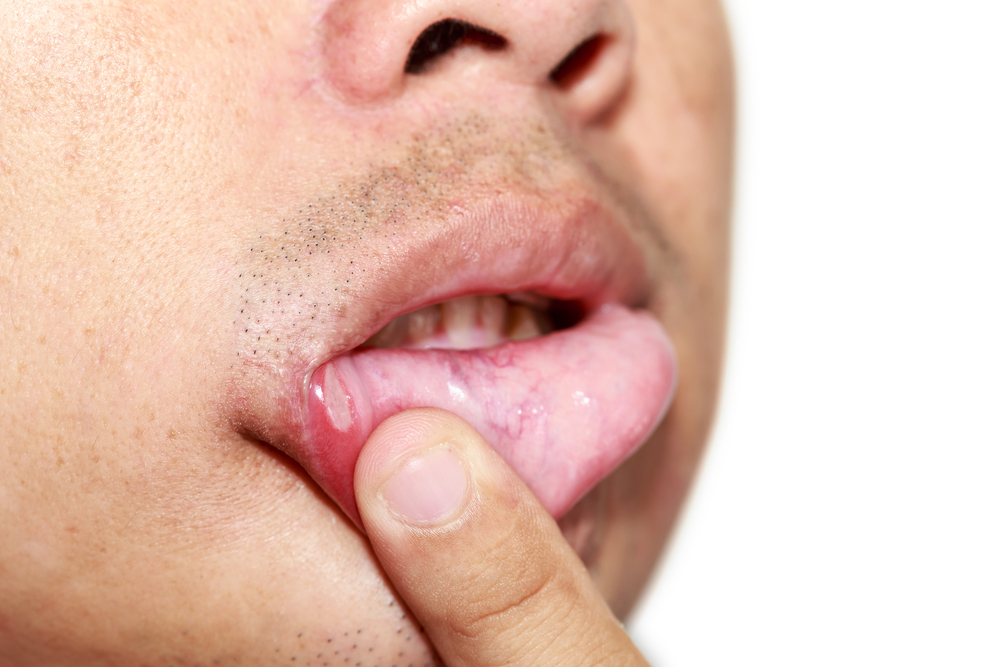While used interchangeably, canker sores and cold sores are different. Canker and cold sores have many differences including where they pop up and what causes them. Here are the main differences between canker and cold sores, along with some tips on how to treat both types of sores.
Where the Sores Show Up
Canker sores only appear inside the mouth. They can form on your gums, on the inside of your cheeks and lips, on the roof of your mouth (or palate), and on the bottom of your tongue. The sores are usually white or yellow in appearance, and can have a red border around them. You can spot a potential canker sore if you have a red bump or spot on the inside of your mouth that burns or tingles.
Cold sores do not appear on the inside of your mouth but generally occur around the mouth and lips, nose, and cheeks. When the cold sore bursts, fluid is released and a kind of “scab” forms over the sore. Cold sores are contagious until the scab completely covers the sore. Before a cold sore develops, the area usually itches or is noticeably sensitive.
What Causes the Sores
Stress, tissue injury, and specific acidic and citrus foods are believed to trigger the formation of canker sores. Sometimes a sharp tooth or dental appliance (like braces or a retainer) in the mouth can cause the sores. Complex canker sores can be caused by an existing health condition like a weak immune system or nutritional deficiency.
Cold Sores, also called fever blisters, are caused by a virus that forms a blister full of fluid. Because it’s an infectious virus, cold sores can be passed to others through contact (like sharing utensils or a napkin). These sores may also be caused by other factors including specific foods, fevers and colds, stress, menstruation, and other factors.
How to Treat the Sores
Although there is no known cure for either types of sores, there are similar treatments to help alleviate the pain and speed the healing process.
- Oral or topical treatments ( gels that can be directly applied to the sores)
- Rinses for mouth sores (only applying to canker sores, rinses similar to mouthwash)
- Avoid troubling foods (acidic, citrus, and spicy foods can lead to both types of sores so it’s important to avoid these as much as possible while your sore is healing)
- Prescription Medication (you may need a prescription-strength treatment if you experience severe pain)
While canker sores and cold sores are both painful and uncomfortable, it’s important to know the difference between the two so you can apply the appropriate treatment. Remember to always practice good oral hygiene; brush your teeth twice a day, floss once a day, and visit your dentist at least twice a year.
For more information about mouth sores, or to schedule a dental checkup or cleaning, contact Greenspoint Dental in Houston, Texas. We are dedicated to providing you and your family with the best dental care.

